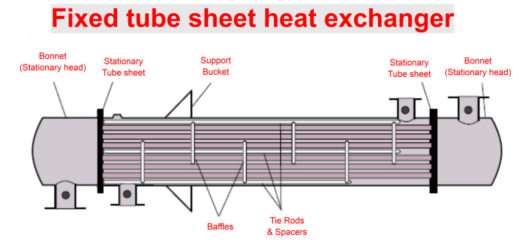High Pressure Vessel Fabrication Techniques

High pressure vessel fabrication techniques:
In case of high pressure processes, as the pressure required increases, the thickness necessary to keep the stresses developed within a limit increases. The circumferential stress distribution becomes non uniform. It is maximum at the innermost radius and minimum at the outermost radius.
High pressure vessels can be fabricated as:
1. Mono-block or thick walled vessel.
2. Layered vessels.
Layered vessels consist of a multitude of layers wrapped tightly around an inner shell to form a pressure retaining envelope. Layered vessels are constructed by various methods. The difference between these methods is in the thickness of individual layers, wrapping procedure and welding technique. Layered vessel construction can be divided into three categories.
1. Concentric or spiral wrapped method:
In this method layers consist of segments welded together in a spiral or concentric fashion to form the required thickness.
2. Shrink fit method:
In this method layers are formed by individual cylinders and shrunk on each other to form the total thickness.
3. Coil wrapped method:
In this method continuous sheet or strip is wound in a spiral or helical fashion to form a cylinder.
Thick walled vessel: In designing a vessel for high pressure by mono-block construction, two basic modes of failure are considered.
1. Elastic failure it is based on theory of elasticity.
2. Plastic failure it is based on the theory of plasticity.
Elastic failure occurs when the elastic limit of material is reached. The limit is measured in terms of tensile strength, yield strength and rupture strength. To predict the elastic failure the three commonly used theories are:
(a) Maximum principal stress theory:
According to this theory, failure occurs when any one of the principle stresses (tangential, radial, and axial) has reached the elastic limit of the material and is determined from tension and compression test.
(b) Maximum Shear Stress theory:
According to this theory, failure occurs when the maximum shear stress equals the shear stress at elastic limit. The maximum shear stress limit is determined from pure shear test. The maximum shear stress is defined as one half the algebraic difference between the largest and the smallest of the three principal stresses.
(C) Maximum Strain Energy theory:
It is also called as distortion energy theory. According to this theory failure occurs when the distortion energy accumulated in the part under stress reaches the elastic limit as determined by distortion energy in tension or compression test.
































